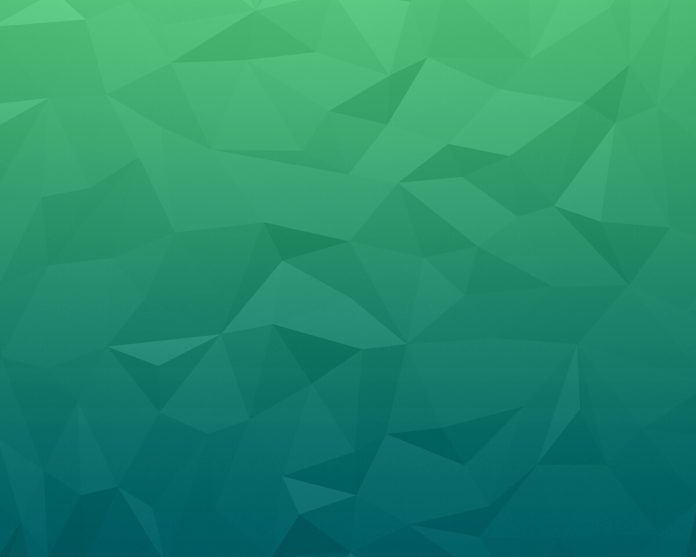This Flask Tutorial is the latest and comprehensive guide designed for beginners and professionals to learn Python Flask framework, which is one of the most popular Python-based web frameworks. Whether you are a beginner or an experienced developer, this tutorial is specially designed to help you learn and master Flask and build your own real-world web applications. This Flask Tutorial covers a wide range of topics from basic concepts such as setup and installation to advanced concepts like user authentication, database integration, and deployment. In addition to this, we also provide you with a list of Flask projects, FAQs, and interview questions for your future Interview.

Flask Tutorial
What is Flask?
Flask is a web framework that allows developers to build lightweight web applications quickly and easily with Flask Libraries. It was developed by Armin Ronacher, leader of the International Group of Python Enthusiasts(POCCO). It is basically based on the WSGI toolkit and Jinja2 templating engine.
Table of Content – Flask Tutorial |
|---|
Prerequisites to Learn Flask: Before you jump into this tutorial, it’s recommended to have a hands-on experience with HTML and Python. If you are not well aware of these concepts, then we will suggest you go through our tutorials on HTML and Python.
Flask Tutorial
Flask Setup & Installation:
- Introduction to Web Development using Flask
- Differences Between Django vs Flask
- Installation of Flask on Windows
Flask Quick Start:
- Creating the first simple application
- Run a Flask Application
- Flask Routes
- Flask Models
- Flask – HTTP Method
- Flask – Variable Rules
- Redirects and URL
- Redirect & Errors
- Change Port in Flask app
- Changing Host IP Address in Flask
Serve Templates and Static Files in Flask:
- Templates in Flask
- Flask – Static Files
- Uploading and Downloading Files in Flask
- Flask – Message Flashing
- Flask WTF
- Flask-Mail
User Registration, Login, and Logout in Flask:
- How To Add Authentication to Your App with Flask-Login
- Display Current Username in Flask
- Password Hashing with Bcrypt in Flask
- How to store username and password in Flask
- Flask – Role-Based Access Control
- Flask Sessions to server Logout
- Flask – JWT
- Flask Cookies
- Flask – JSON Response
Define and Access the Database in Flask:
- Flask-SQLAlchemy
- Flask SQLite
- Sending Data from a Flask app to MongoDB Database
- Making a Flask app using a PostgreSQL Database
- Build a Web App using Flask and SQLite in Python
- Login and Registration Project Using Flask and MySQL
- Execute raw SQL in the Flask-SQLAlchemy
Flask Deployment and Error Handling:
- Subdomain in Flask
- Handling 404 Error in Flask
- Deploy Python Flask App on Heroku
- Deploy Machine Learning Model using Flask
Flask Projects:
- Todo list app using Flask Python
- Single Page Portfolio Using Flask
- Profile Application using Python Flask and MySQL
- Wikipedia search app using Flask Framework – Python
- Twitter Sentiment Analysis WebApp Using Flask
- Create Cricket Score API using Web Scraping in Flask
- How to Add Graphs to Flask Apps
- Flask Projects Archives
Must Read – Top 40 Flask Interview Questions and Answers
What is WSGI?
WSGI is an acronym for web server gateway interface which is a standard for Python web application development. It is considered the specification for the universal interface between the web server and web application.
What is Jinja2?
Jinja2 is a web template engine that combines a template with a certain data source to render dynamic web pages. In Easy Language, It combines a template (the layout of the page) with data (the specific information you want to show) to create a dynamic web page.
Advantages of Flask:
- Flask is a lightweight backend framework with minimal dependencies.
- Flask is easy to learn because its simple and intuitive API makes it easy to learn and use for beginners.
- Flask is a flexible Framework because it allows you to customize and extend the framework to suit your needs easily.
- Flask can be used with any database like:- SQL and NoSQL and with any Frontend Technology such as React or Angular.
- Flask is great for small to medium projects that do not require the complexity of a large framework.
FAQS on Flask Tutorial:
Q1. Should I learn HTML for Flask?
Answer:
Both are highly recommended in case you are learning to develop web applications.
Q2. Is Flask open source?
Answer:
Yes, Flask and Django both are Free Open Source, Python-based web frameworks that are used for building web applications.
Q3. How do I start a Flask project?
Answer:
Here’s a simplified version of the steps to start a Flask project:
- Install Python.
- Install Flask by running “pip install flask” in the terminal or command prompt.
- Create a virtual environment by running “python -m venv myenv”.
- Activate the virtual environment by running “myenv\Scripts\activate.bat” on Windows or “source myenv/bin/activate” on macOS or Linux.
- Create a Flask app by importing Flask and creating a new instance of the Flask class.
- Define routes by decorating a function with “@app.route(‘/myurl’)” and defining the function to return data or HTML.
- Run the app by running “flask run” in the terminal or command prompt.
Q4. What is the default port of Flask?
Answer:
By default, many Flask applications run on port 5000.
Q5. Which company uses Flask?
Answer:
There are many major companies employing Flask and that list includes Netflix, Reddit, Airbnb, Lyft, Mozilla, MIT, Uber, Red Hat, Rackspace, Mailgun, Patreon, Samsung, NGINX, 2market, B2W, and Sieve.
Q6. What is the salary of a Flask Developer in India?
Answer:
As per various resources, the average Salary of a Flask Developer was ranging between 9,00,000 INR – 11,00,000 INR depending upon the experience and skills.




